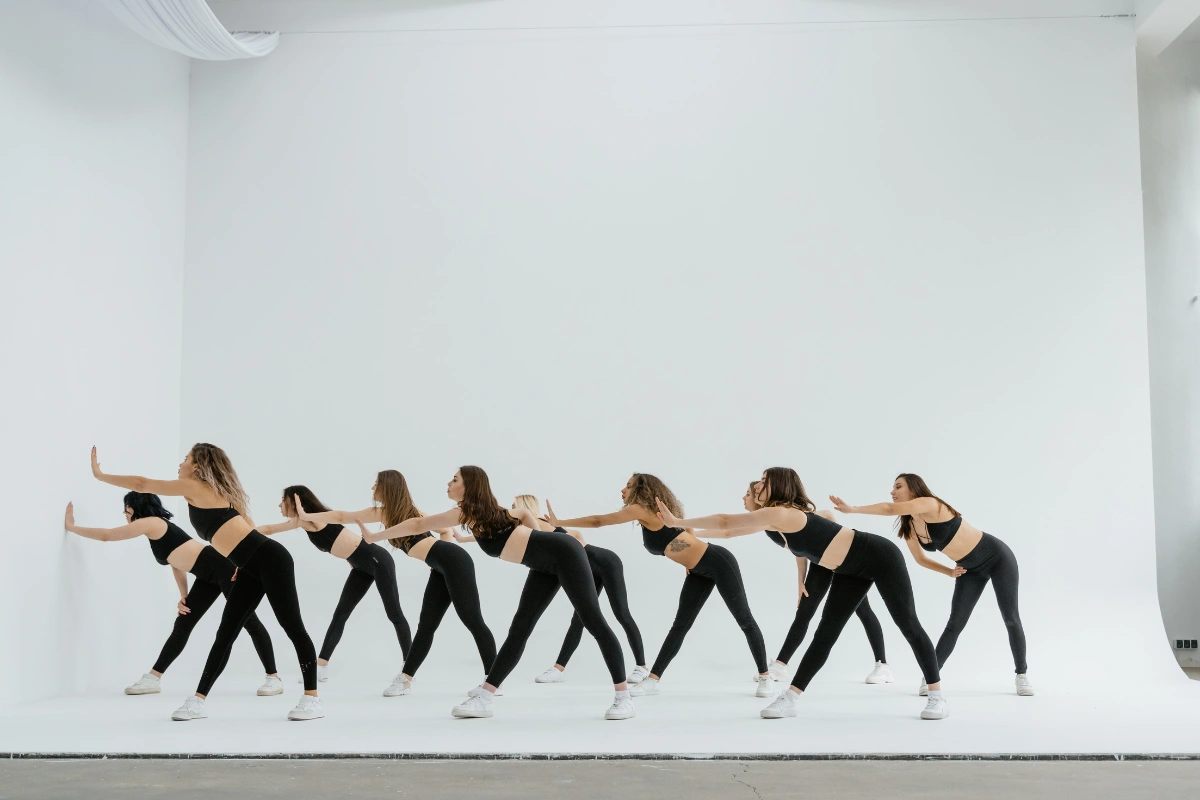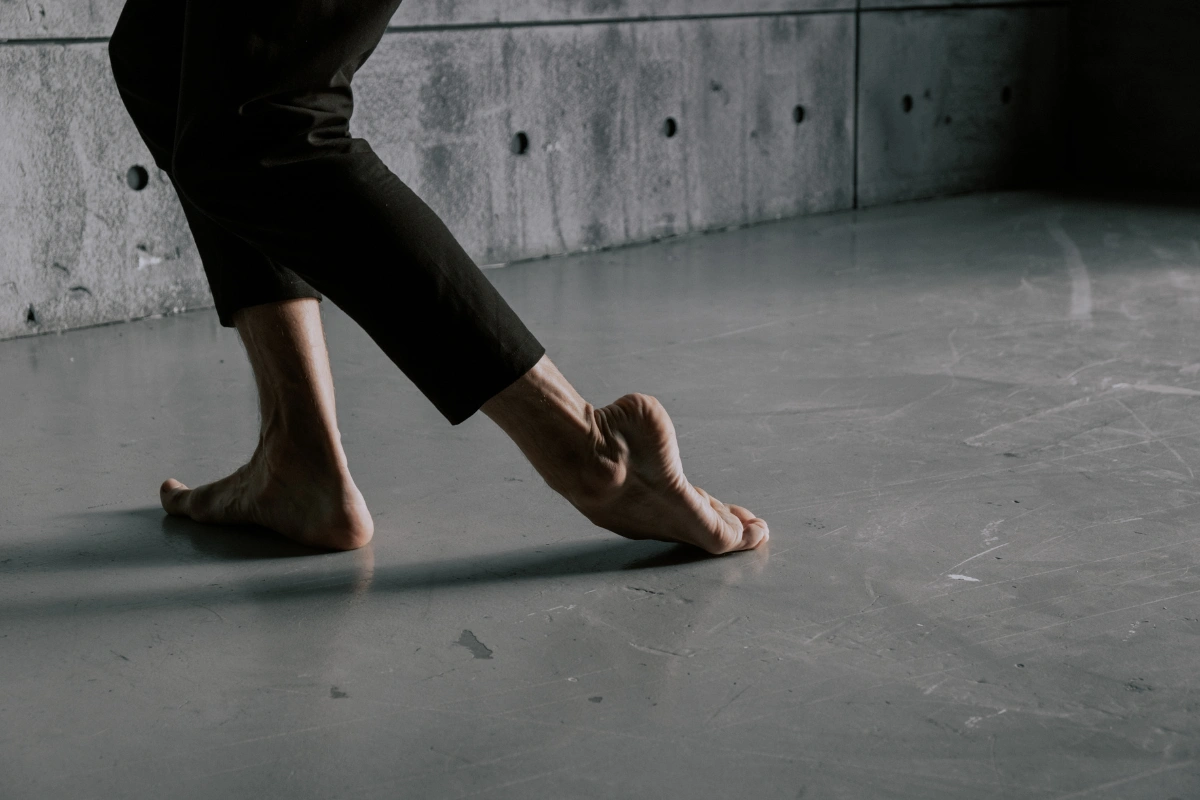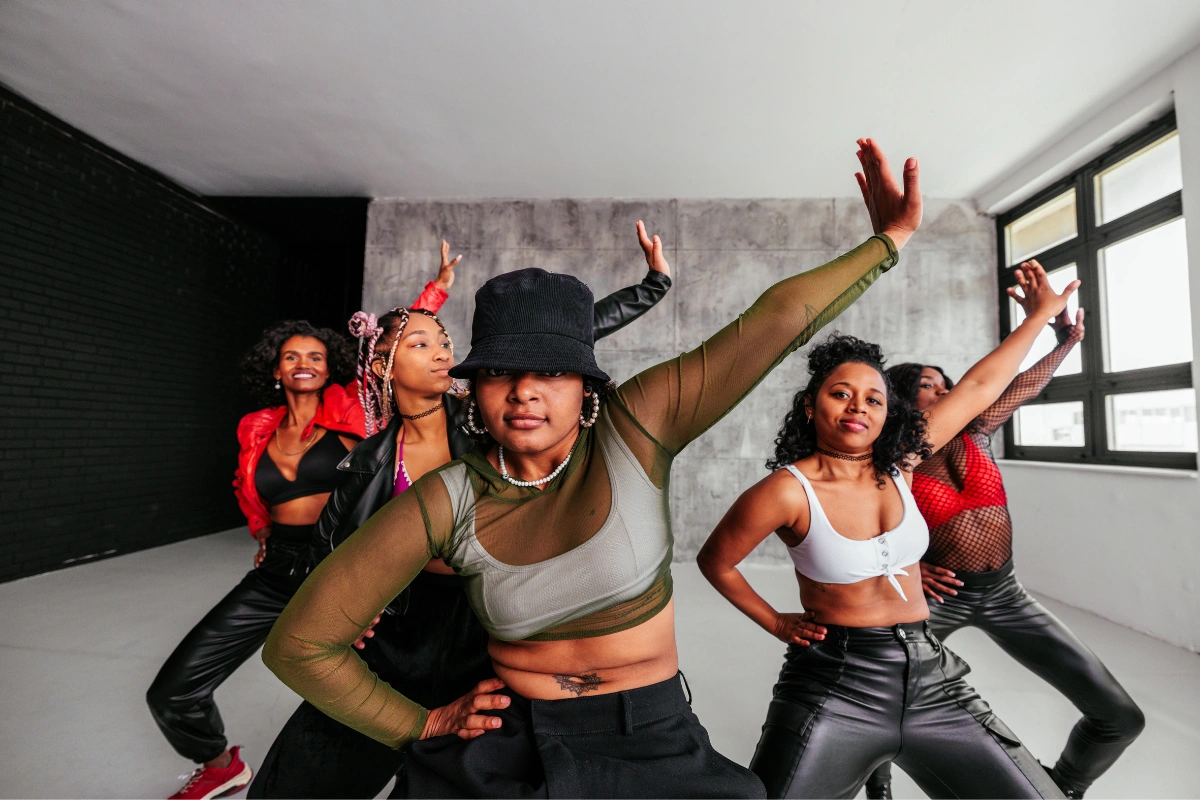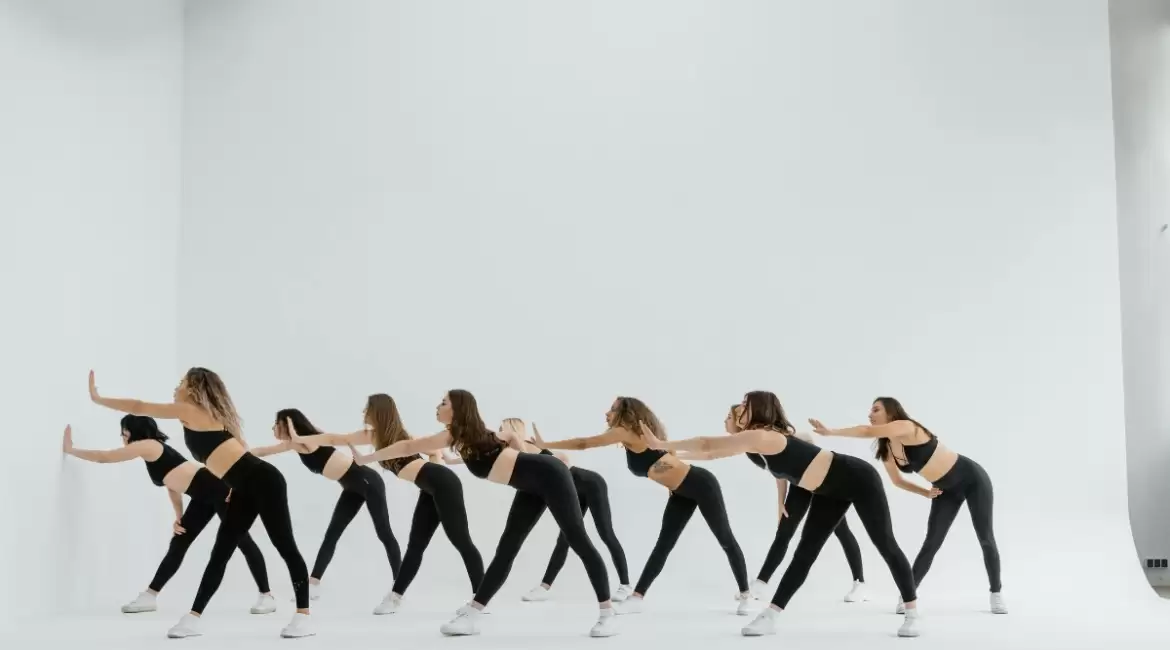Welcome to the world of movement and choreography—a realm where creativity takes flight and expression knows no bounds. In this guide, we’ll explore the essential principles and techniques behind executing captivating movements and crafting compelling choreography.
Whether you’re a seasoned dancer honing your skills or a newcomer eager to dive into the art form, this guide is your roadmap to mastering the fundamentals of dance and choreography. From understanding body mechanics to unleashing your creative vision, let’s embark on this exhilarating journey together.
What is choreography? Choreography is the art of designing and arranging movements and sequences in dance or performance. It involves the creation of structured compositions that integrate elements such as rhythm, space, dynamics, and expression to convey a particular theme, story, or emotion. Choreographers, the individuals who craft choreography, work with dancers or performers to bring their artistic vision to life, guiding them through movements, formations, and transitions.
Choreography encompasses a wide range of styles and genres, from classical ballet to contemporary dance, from theatrical productions to music videos. Choreographers may draw inspiration from various sources, including music, literature, visual art, and personal experiences, as they develop their creative concepts.
The process of choreography typically involves several stages, including conceptualization, experimentation, refinement, and rehearsal. Choreographers often collaborate closely with dancers or performers to tailor movements to their abilities and artistic sensibilities, fostering a collaborative and iterative approach to creation.
Execute movement: Sticking
Performing the movement termed “Sticking” involves the deliberate action of tensing up and maintaining a specific posture, akin to holding a picture. This practice is typically carried out in synchronization with music beats. To execute it effectively, select a piece of music and synchronize your movements to the rhythm. Specifically, assume and hold a pose on the 1st and 5th counts of the musical beat. The sequence of execution would be as follows:
[STICK] 2, 3, 4, [STICK] 6, 7, 8
This structured approach not only enhances coordination but also cultivates a deeper connection between movement and rhythm, thereby refining one’s overall dance technique.

Execute movement: Hitting
Executing the movement known as “Hitting” involves a nuanced interplay between flexing and loosening your muscles, creating a dynamic effect akin to striking an object with force. It’s essential to conceptualize this movement in a literal sense – akin to delivering a powerful blow where you channel all your energy into the motion before releasing it.
To refine your ability to execute the hitting movement effectively, consider the following tips:
- Adjust Energy Levels: Strive to hit with the appropriate amount of energy. Avoid being too soft, which might downplay the impact of the move, but also refrain from going excessively full out, as it may overshadow the subtleties of the dance. The objective is to synchronize with the music, not to overpower it. Visualize your energy levels mirroring those of an audio visualizer: the louder the sound, the higher the energy level, and thus, the more forceful your hit should be.
- Mindful Body Awareness: Take note of the specific body part you are using to execute the hit. Develop a keen awareness of how each body part feels during the movement, enabling you to reproduce it accurately within your dance repertoire. By honing this awareness, you can enhance the precision and expressiveness of your performance.
- Master Timing: Practice precision in timing your hits to coincide precisely with the beat of the music. Aim to strike on the beat itself, avoiding any tendency to anticipate or lag behind the rhythm. Consistent practice in aligning your movements with the musical tempo will refine your sense of timing and elevate the impact of your performance.
By integrating these considerations into your practice regimen, you can elevate your proficiency in executing the hitting movement, infusing your dance with a heightened sense of dynamism, precision, and musicality.
Execute movement: “Milking”
“Milking,” a fundamental concept in dance and movement, refers to the art of transitioning between poses or movements, particularly focusing on the intermediary stages between distinct positions, often labeled as the “in-betweens” of pictures. Rather than viewing each movement as discrete and separate, “milking” emphasizes the fluidity and continuity of motion, enriching the pathway between point A and point B with deliberate intention and grace.

Here are several applications and techniques associated with “milking”:
- Extension of Movement: Instead of abruptly halting a motion at its endpoint, consider elongating the transition, akin to adding ellipses (…) to the movement. By extending the pathway beyond the typical stopping point (point B), you infuse the motion with a sense of continuity and fluidity, enriching its expression and impact.
- Transitioning Between Pictures: “Milking” also encompasses the seamless transition from one pose or image to another. Rather than jumping directly from one static position to another, incorporate subtle shifts and nuances in movement to smoothly transition between the two, creating a dynamic and engaging visual narrative.
- Practical Application: To practice and master the art of “milking,” establish two distinct poses as reference points. Then, challenge yourself to transition between these poses every four counts, utilizing a different pathway each time. This exercise not only hones your ability to smoothly navigate between positions but also encourages creativity and versatility in your movement repertoire.
- Understanding Movement Dynamics: Embrace the concept of “milking” as a fundamental aspect of movement dynamics, drawing parallels to principles of physics. Every movement involves variations in speed, acceleration, and deceleration, akin to the processes of slowing down, speeding up, or coming to a halt. “Milking,” therefore, serves as a metaphorical representation of gently applying brakes to your movement, enhancing control and finesse.
By embracing the art of “milking” and integrating its principles into your practice routine, you can elevate the fluidity, expressiveness, and technical precision of your dance or movement performance, transforming each motion into a captivating and immersive experience for both yourself and your audience.
Execute movement: Speed control
Mastering speed control is a pivotal skill in dance and movement, enabling you to dynamically shift between various textures and intensities, thereby enhancing the richness and complexity of your performance. Building upon the insights from the previous section, where we explored the concept of “milking,” let’s delve deeper into the nuances of speed manipulation.
Imagine your arms as if they are encountering a solid barrier, akin to a wall, during your movements. However, instead of halting abruptly upon reaching this imaginary barrier, consider it as a pivotal checkpoint where you seamlessly transition between different speeds. Start by executing fast and forceful movements, as if you’re striking against this metaphorical wall with vigor and intensity. Then, gradually transition into a state of “milking,” characterized by slower, more deliberate motions that emphasize fluidity and grace.
This deliberate variation in speed not only adds dynamic contrast to your performance but also serves to alter the mood and texture of the piece. By seamlessly transitioning from high-speed, impactful movements to slower, more nuanced ones, you create a captivating interplay of energy and expression that captivates the audience’s attention and evokes a range of emotions.
Experimenting with speed control allows you to explore the full spectrum of movement possibilities, from explosive bursts of energy to delicate, contemplative gestures. By mastering this technique, you gain greater versatility and finesse in your performance, enabling you to convey depth and complexity in your artistic expression. Moreover, by integrating speed control into your practice regimen, you cultivate a heightened sense of control and precision, elevating the overall quality of your dance or movement repertoire.

Summary
This guide delves into the intricate world of movement execution and choreography, offering essential insights and techniques for dancers of all levels. We explore the mechanics of body alignment, coordination, and dynamics to enhance movement precision and expression. Additionally, we uncover the creative process behind choreography, from conceptualization to rehearsal, empowering readers to craft captivating dance compositions. Whether you’re seeking to refine your technique or ignite your creativity, this guide serves as a valuable resource for unlocking the transformative power of dance and choreography.


Leave a reply